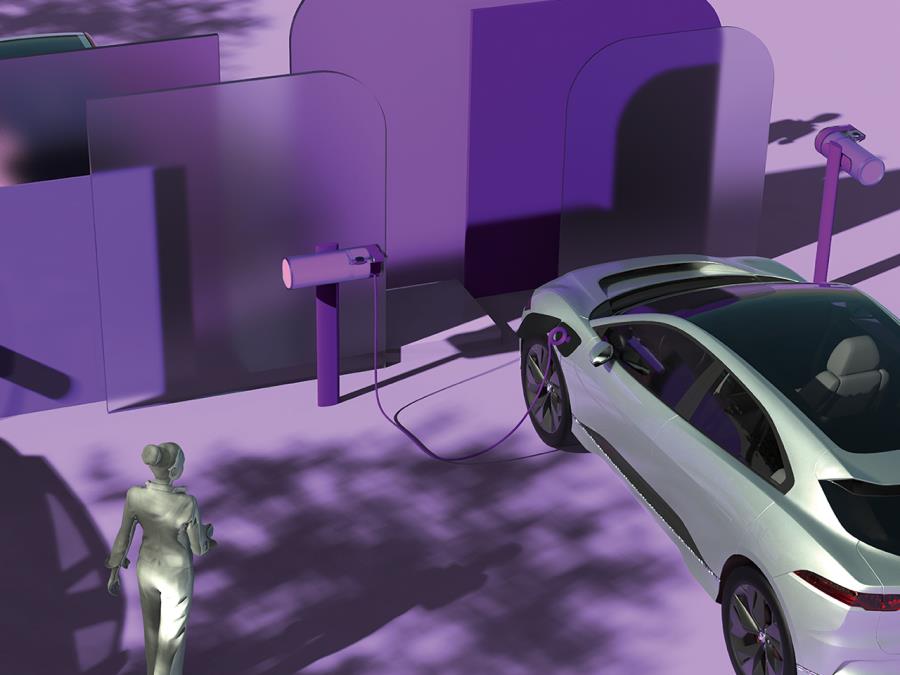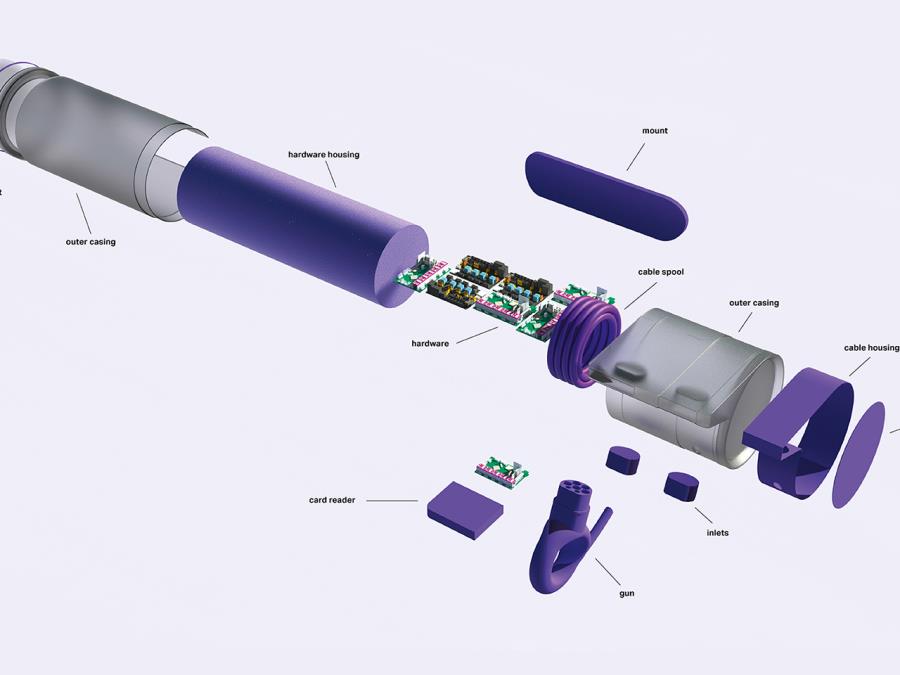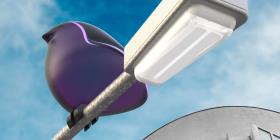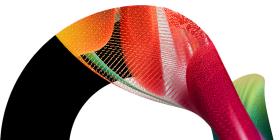
Collaboration sparks innovation in future EV charging stations
Pushing boundaries in e-mobility infrastructure
EVs—especially if they are based on renewable energy—play an important role in enabling emission-free driving and reducing greenhouse gases in traffic. To support the shift away from fossil fuels, cities are dedicating parking spaces for EVs for public use, supermarkets and stores are beginning to offer free charging and companies are increasingly equipping their fleets with EVs.
Successful e-mobility depends on a reliable and effective charging infrastructure. While we develop materials that meet the needs of today, we’re also collaborating with industry leaders and design students to innovate for the EV applications of tomorrow.
So, what do future EV charging station infrastructures look like? We teamed up with students at the Umeå Institute of Design (UID) to imagine new possibilities and create innovative concepts.
Drawing on the power of partnership
In a field study, we worked alongside young designers from UID as they explored EV charging stations for four scenarios in the Swedish city of Umea:
- AC wallboxes for domestic homes
- DC fast charging stations in cities
- EV charging stations for supermarkets and stores
- EV chargers for company fleets
To set the students up for success, we kicked off our collaboration by sharing our expertise on plastic materials, part design and the electric vehicle supply equipment (EVSE) market. As a next step, the students developed a design manual based on our brand identity and values: curious, courageous and colorful. Then, the young designers translated their inspirations into design concepts for user-friendly, functional and stylish EV charging stations.
Throughout the process, students faced a few design challenges. Since the charging stations are used in public spaces, they needed to make sure their concepts don’t draw too much attention, yet are still visible to users. Also, there is often a lack of EV chargers in cities, as the existing infrastructure makes it difficult to bring in electricity for these applications. One student overcame this by using light posts, which already have electricity in them, as the source for the EV charger.
Taking charge with materials and global expertise
We shared our expertise and materials that can help these future designers tackle the challenges that EV charging stations present. This involves a wide range of materials for EV applications - such as lightweight battery housings and interior and exterior parts—and EVSE applications.
For example, our Makrolon® polycarbonate resins and Makroblend® and Bayblend® polycarbonate blends are used in both exterior and interior charging station components, including housings, display lenses, light guides, pedestals and plug housings. Charging connectors, connector holders and cables can utilize our elastomers, polyurethanes and thermoplastic polyurethanes (TPUs), such as Desmopan®. Additionally, our aliphatic composite materials, like Desmocomp®, may find their use in EVSE exterior applications in the future.
Equipped with these materials, designers can:
- Create stylish, aesthetically pleasing components
- Benefit from the design freedom needed to produce different shapes, colors and surfaces
- Design housings that enable integration of functionalities such as wireless, Bluetooth and 4G/5G connectivity; smart control via a mobile phone; smart energy management; connection to domestic photovoltaics; parking sensors and more
- Protect their applications thanks to properties such as flame retardance and resistance to weather, impacts, UV rays and chemicals
Using our long-running material and technical expertise we’re committed to partnering with both established designers and aspiring talent as they work toward innovations in EV applications. We actively collaborate with customers through a variety of value-added services, including Color, Material and Finish (CMF) design; color competence centers; application development, product technology; and market intelligence. Our global team is equipped with the knowledge needed to meet the needs of country-specific regulations and requirements. Additionally, we help with cost-effective manufacturing, easy installation, safe use and efficient maintenance.
Through our collaboration with UID, we learned about students’ perspectives as young designers—particularly how they think about charging stations and the challenges of today. It’s really interesting to see the solutions that they came up with, and how our materials and design can come together for stylish designs inspiring next-generation charging stations.
- Stylish aesthetics and design freedom Allows designers to create different shapes, colors and surfaces while incorporating light integration
- Protection and weather resistance Offers flame retardance and resistance to impacts, UV rays and chemicals
- Integrated functions Enables connectivity, smart control via mobile phone, smart energy management and more
- Global knowledge Covestro possesses know-how of country-specific regulations and offers value-added technical services






















